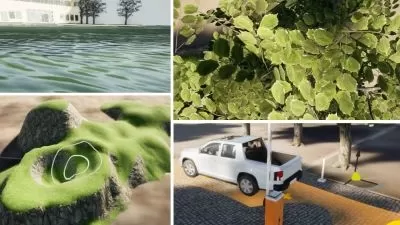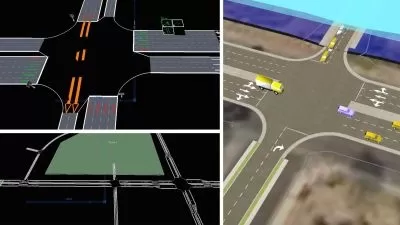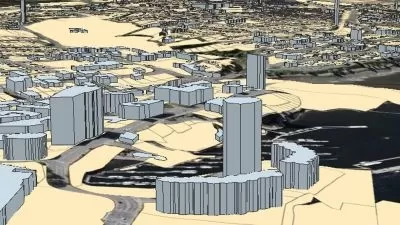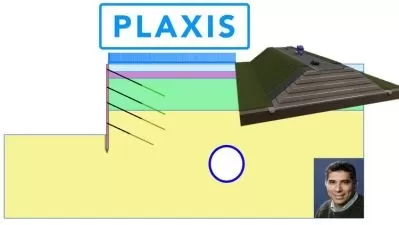About Civil EngineeringLearn More
Civil engineers handle, plan, and construct roads, bridges, canals, dams, and many more essential public environments. A career in civil engineering allows you to apply an aptitude for math and science to large scale, consequential public works problems.
Sort by:
Sorting
The newest
Most visited
Course time
Subtitle
Filtering
Courses

Linkedin Learning


Lynda Sharkey
InfraWorks 2021: Animating Infrastructure Designs 2:19:20
09/11/2024

Linkedin Learning


Lynda Sharkey
InfraWorks 2021: Parametric Civil Structure Models 1:58:22
09/11/2024

Udemy


Akshay Kamath
Primavera P6 Planning For Civil Engineers & Project Managers 11:31:55
05/19/2024
Books
Frequently asked questions about Civil Engineering
Civil engineering specializes in the design, construction, and maintenance of what’s known as the built environment. Elements of the built environment include roads, highways, bridges, tunnels, dams, canals, pipelines and sewage systems, ports, and railways. Civil engineering itself is divided into several sub-disciplines that specialize in particular types of environments and natural hazards, including coastal engineering, earthquake engineering, environmental engineering, structural engineering, and construction engineering. The history of civil engineering goes back thousands of years to the oldest accomplishments of civilization, such as the Egyptian Pyramids, Roman roads and aqueducts, and the Great Wall of China.
Civil engineers are responsible for the design of new infrastructure projects. In particular, civil engineers ensure that the infrastructure is built to survive in its environment. Soil and bedrock composition, wind patterns, water quality, currents, erosion, and air pollution are just a few aspects that a civil engineer needs to consider when designing infrastructure. After the design phase is complete, construction can begin, and civil engineers are involved in project management, construction oversight, and adjusting the design to reflect last-minute changes. After the project is completed, civil engineers ensure that the structure is maintained to function throughout its intended lifespan. If you’ve ever seen inspection work on a highway, bridge, or rail line, you can be sure that a civil engineer is involved.
Civil engineers use a variety of software tools every day to do their job. These include AutoCAD and AutoCAD Civil 3D for basic design work; ArcGIS or QGIS for surveying, mapping, and spatial analysis; HEC-HMS (Hydrologic Modeling System) and HEC-RAS (River Analysis System) to simulate water flow and drainage; WaterCAD to design water distribution networks; ETABS for structural analysis; SAFE for foundation and slab design; and Microsoft Project and Primavera for project management. More and more civil engineers are also starting to use building information modeling (BIM) software such as Revit. On the hardware side, today’s civil engineers rely on 3D printers, surveying drones, and Internet of Things (IoT) devices for on-site work. Anyone interested in becoming a civil engineer should aim to learn at least a few of these software or hardware skills to get a head start in the field.
Like all other engineers, successful civil engineers have a solid base in math and science, including calculus, linear algebra, statistics, physics, and chemistry. Civil engineers also use logic to solve complex problems. And because civil engineering projects involve complex structures, civil engineers are competent in material science and engineering, statics and dynamics, environmental science, hydrology, geology, soil science, and project management. Civil engineers who want to work internationally often benefit from knowing business and technical English and the local language. Finally, civil engineers often work on public projects, so the best civil engineers are skilled in controlling costs and making the most of a limited project budget.



















![Construction Sequence of a Real Life Project [Crash Course]](https://traininghub.ir/image/course_pic/28616-x225.webp)











